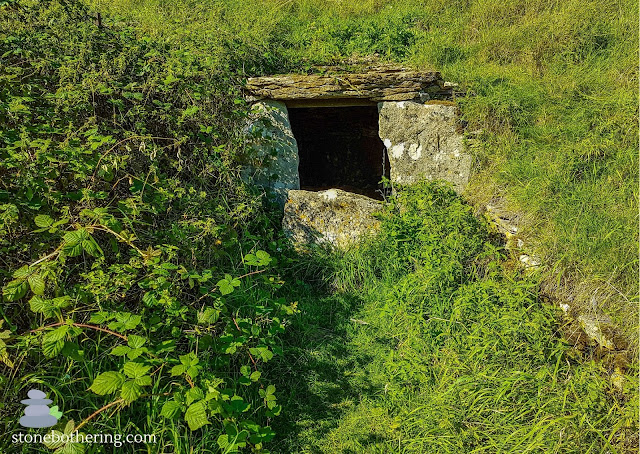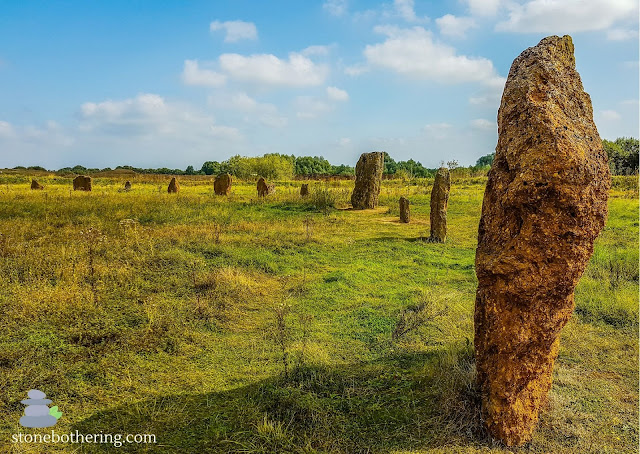Exploring the Mystical Dolmens of England
Dolmens, those ancient megalithic structures, have captivated the imagination of many, standing as silent sentinels of history. Found scattered across the English countryside, these burial chambers are steeped in mystery and lore. In this blog post, we’ll explore some of the most notable dolmens in England.
TRETHEVY QUOIT
Located in Cornwall, Trethevy Quoit is one of the most striking dolmens in the country. This impressive structure consists of a massive capstone resting on three upright stones, creating a chamber that was likely used for burial purposes around 3500 BC. The quoit measures approximately 4 meters long and stands at a height of 2 meters. Its architectural grandeur hints at the skills of prehistoric builders and their understanding of stone construction. Visitors to Trethevy Quoit often feel a deep connection to the ancient world, imagining the rituals and ceremonies that once took place here.
SPINSTER'S ROCK
Not far from the picturesque village of Drewsteignton in Devon lies Spinster's Rock. According to local legend, the dolmen is named after a young woman who was transformed into stone for spurning a suitor’s advances. This story adds a romantic touch to the already captivating structure, which features a large capstone supported by several standing stones. The site dates back to the Neolithic period and has long been a subject of fascination for archaeologists and historians. Spinster's Rock offers stunning views of the surrounding moorland, making it a perfect spot for reflection and exploration.
HOAR STONE
The Hoar Stone, located near Enstone in Oxfordshire, is a striking Neolithic dolmen that dates back to around 3000 BC. This ancient burial site features a large capstone supported by several upright stones, creating a mysterious and atmospheric chamber. The stone's name, which refers to the frost or hoarfrost that can adorn it, adds to its enchanting allure. Surrounded by tranquil countryside, the Hoar Stone invites visitors to explore its rich history and the stories of the ancient people who once revered this sacred site.
ARTHUR'S STONE
Arthur's Stone, located near the village of Llangunnor in Wales (but often associated with the English border), is steeped in Arthurian legend. This dolmen is composed of a large capstone supported by upright stones, forming a tomb that dates back to around 3000 BC. Folklore suggests that it was once a meeting place for King Arthur and his knights. The impressive size of the structure and its mystical associations make Arthur's Stone a must-visit for anyone intrigued by the legends of yore. Surrounded by lush greenery and rolling hills, the site offers a magical experience for visitors.
DEVIL'S DEN
In the heart of Wiltshire lies the enigmatic Devil's Den, another extraordinary dolmen that has captured the imagination of many. This site consists of a large capstone resting on several stones, creating a burial chamber that dates back to the Neolithic era. The name "Devil's Den" is likely derived from local folklore, which speaks of spirits and supernatural occurrences. The rugged beauty of the surrounding landscape adds to the site’s mystique, inviting adventurers and history enthusiasts alike to explore its ancient secrets.
The dolmens of England are not just ancient burial sites; they are powerful connections to a long-forgotten past. Each stone tells a story, whether it’s the legend of a heartbroken spinster or the myth of King Arthur himself. Visiting these remarkable structures allows us to step back in time, to walk in the footsteps of our ancestors, and to ponder the mysteries that have captivated humanity for millennia.
© All rights reserved

%20(1).jpg)

.jpg)

.jpg)

